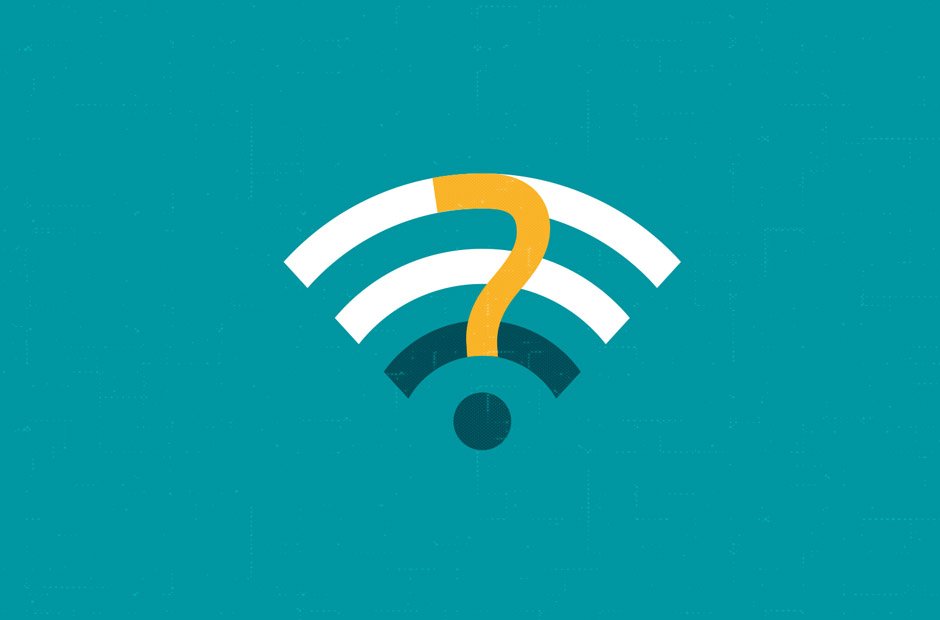In the vast expanse of the digital age, a slow Wi-Fi connection feels akin to being stuck in quicksand; the more you struggle to escape, the deeper you sink. With our lives so intricately woven into the fabric of the internet, any disruption in speed can feel like a major roadblock. Let’s embark on an exploratory journey, not just to uncover the root causes of this digital dilemma but to navigate the labyrinth of solutions with a fresh lens.
Table of Contents
A Fiber Optic Prelude
Before we delve into the abyss of slow connections, it’s pertinent to touch upon the beacon of hope in internet technology: fiber optic internet. Imagine a world where data travels at the speed of light, a realm where the limitations of traditional broadband are left in the dust. This isn’t just fantasy; it’s the reality offered by fiber optic internet. Its relevance becomes clear as we dissect the causes and remedies of sluggish Wi-Fi, reminding us of the pinnacle of connectivity we aspire to reach.
The Quest for Speed: Unveiling the Culprits
Our journey into the slow Wi-Fi conundrum reveals a landscape filled with hidden traps and obstacles, each contributing to the mire of sluggishness. Let’s navigate through the most common yet overlooked villains in this narrative.
The Distance Dilemma
Picture your Wi-Fi signal as a lighthouse, its beam reaching out into the darkness. The further away you are, the dimmer the light becomes. Similarly, the distance between your device and the router significantly impacts your internet speed. It’s not merely about physical distance but also the number of walls, floors, and obstacles the signal must penetrate.
Channel Congestion: A Tale of Invisible Traffic Jams
Envision a highway, with each lane representing a Wi-Fi channel. Just as cars can get stuck in traffic jams, your Wi-Fi signal can get bogged down in congested channels, especially in densely populated areas. This digital gridlock is often overlooked but can severely impact your internet speed.
The Bandwidth Feast
Every device connected to your Wi-Fi is like a guest at a grand banquet, each consuming a portion of the bandwidth. Some guests, like video streaming services or online games, are akin to diners with a voracious appetite, significantly depleting the available bandwidth. This feast can leave little for other devices, leading to a noticeable slowdown.
Obsolete Hardware: The Ancient Guardians
Imagine your router as an ancient guardian, standing at the gates of the internet. As time passes, these guardians grow old, their strength waning. Outdated routers and modems may not only struggle with speed but also with providing a stable connection to the ever-evolving digital realm.
The Path to Liberation: Solutions Unearthed
Having identified the adversaries, let us now chart the course towards liberation from the shackles of slow Wi-Fi.
Strategic Relocation: The Lighthouse Principle
Just as moving closer to a lighthouse brings its light into sharper focus, repositioning your router can significantly improve signal strength. Seek a central location, free from obstructions, to ensure a more uniform distribution of signal throughout your abode.
The Channel Surfing Strategy
Venture into the settings of your router and experiment with different channels, much like finding a less congested route on our metaphorical highway. Tools and apps are available to identify the least crowded channels, paving the way for smoother digital travel.
Bandwidth Management: The Feast Coordinator
Managing the banquet of bandwidth involves prioritizing the distribution of your internet feast. Many routers offer settings that allow you to allocate bandwidth according to necessity, ensuring that critical tasks receive their deserved portion without interruption.
Upgrading the Guardians
Lastly, consider the age and capability of your router. Upgrading to a newer model, especially one optimized for fiber optic internet, can be akin to rejuvenating the ancient guardians, bestowing upon them newfound strength and agility in managing your digital domain.
Conclusion
The quest for resolving slow Wi-Fi is fraught with challenges, each unique yet surmountable with the right approach. By understanding the underlying causes, from the distance between device and router to the congestion of channels and the voracity of bandwidth consumption, we arm ourselves with the knowledge to tackle them head-on. Remember, the solutions are as diverse as the problems themselves, from simple adjustments like router placement to more technical interventions such as channel switching and bandwidth management. Upgrading your hardware can also turn the tide, ushering in a new era of speed and reliability. In this odyssey for better connectivity, let the principles of strategy, management, and renewal guide you to the shores of digital tranquility.










